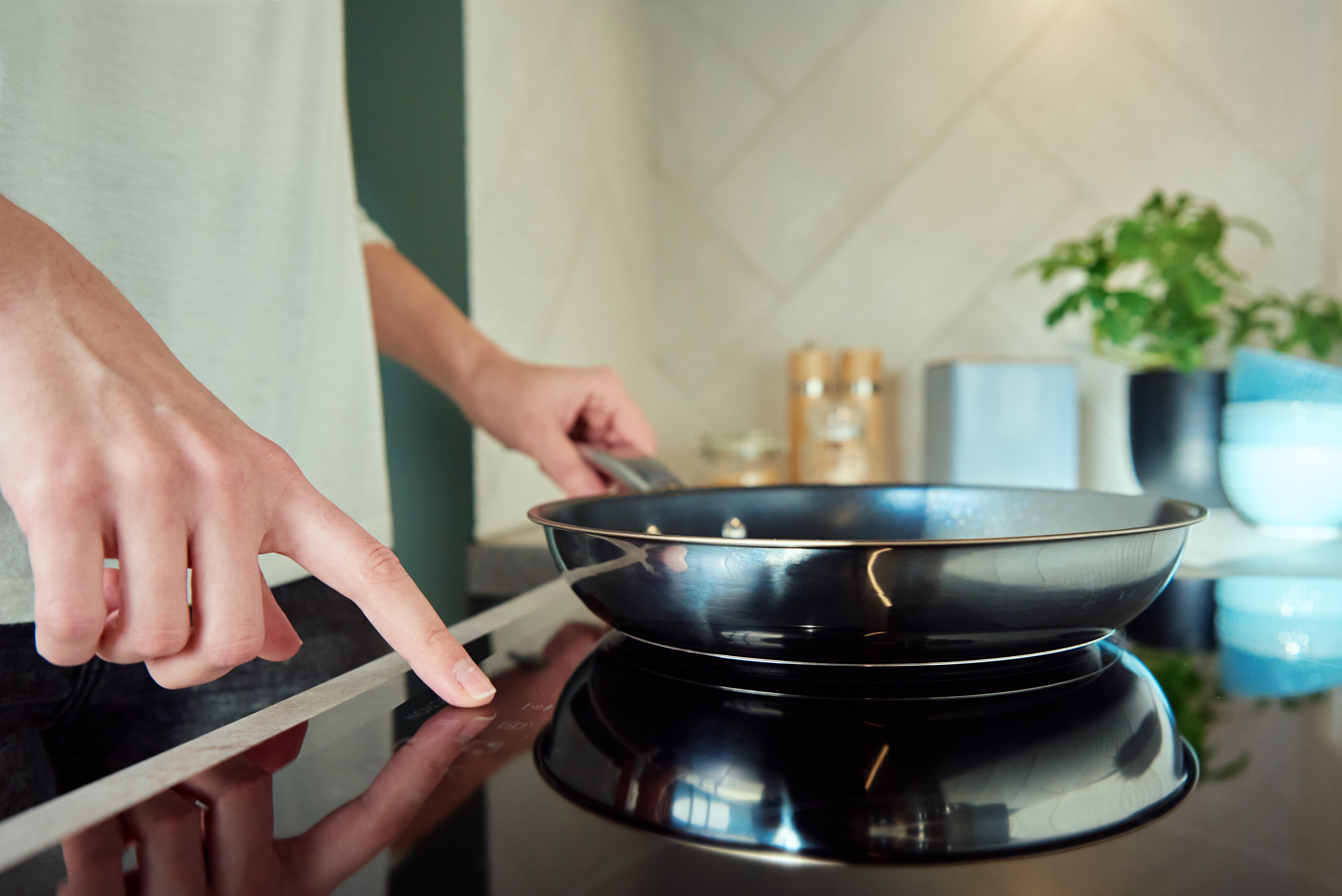
Bringing the Ki Cordless Kitchen to Life
by Paul Golden
In a nondescript conference room in Lisbon, Portugal, teams of developers and engineers sit hunched over tables laden with electrical equipment, repeatedly turning machinery on and off, plugging and unplugging connections, and glued to display screen readouts. Pelican cases – large heavy duty black tubs filled with protective foam for packing and shipping sensitive electronics - are stacked up along the walls. The casual observer – who would be barred from entering the room – might never realize that these developers were working on one of the biggest innovations in the kitchen since the microwave oven.
For 3 full days the developers work through a checklist of required tests to see if their products pass muster, investigating failures if they occur, and frequently engaging with other developers to brainstorm when they hit roadblocks.
This is what a plugfest looks like. It’s where developers can ensure their products meet rigorous requirements for interoperability and safety so that they can pass the Wireless Power Consortium’s (WPC) certification testing before launching to the public.
If you’ve been to CES in Las Vegas or IFA in Berlin in the last year and passed by the WPC’s booth you may have seen a demonstration of prototypes for the kitchen of the future – the Ki Cordless Kitchen. Ki is a new standard being developed by the WPC that will power virtually any kitchen appliance with up to 2.2 kilowatts of power without the need for a power cord or batteries. Ki will enable appliance manufacturers to create smart appliances for a kitchen that is more convenient, safer and more space efficient while enabling a sleek, modern design.
A number of WPC member companies planning to launch new Ki enabled products came to Lisbon to participate in the fourth in a series of six planned plugfests. Over 3 days, developers and engineers from these member companies worked through a checklist of required tests looking for software bugs, validating the Ki specification, testing interoperability, and conducting other critical readiness testing including safety considerations.
I had the opportunity to interview several of the product developers and WPC staff members to learn more about what goes on behind the plugfest’s closed doors.
What happens in a plugfest?
The plugfest room resembles an electronics laboratory filled with tables overflowing with product prototypes, testing equipment, a myriad of wires and plugs, laptops and display screens. The atmosphere is an unusual combination of well secured confidentiality with what WPC calls collaborative competition. On the one hand, access to the plugfest room is restricted to only participating members. Guests or observers (other than some WPC staff members including the writer) are not allowed in the room and photography is strictly prohibited.
On the other hand, product developers and engineers from otherwise competing WPC member companies can be observed working together in the plugfest, pooling their knowledge, and brainstorming to identify and fix software bugs, glitches in components, or errors in the draft specifications. In fact, in my interviews with the product developers they frequently remarked how the event enabled and even encouraged collaborative problem solving and how that collaboration produced innovative outcomes.
Each day of the 3-day plugfest is carefully choreographed by the WPC to maximize productivity and provide comprehensive evaluation of the standard’s specifications. Participating members receive a detailed list of tests developed in concert between WPC staff and the test tool vendors. The developers are required to run their products through the test list and provide data on whether the products passed or failed each of the tests along with supporting diagnostics.
At the time of my interviews the product developers were testing for interoperability. Interoperability is an important element of a standard and is crucial to enable a category to grow. Interoperability means that any device built and certified for a standard and intended to work with another type of similarly certified device will work with the other device as intended regardless of brand. For example borrowing from another WPC standard, the QI standard for wireless power for small mobile electronics, a Qi Certified smartphone will work with any other Qi Certified wireless charger including backwards compatibility with old devices and forwards compatibility with new devices launched in the future.
Testing for interoperability is not as simple as it may seem. Product developers told me how product A could work fine with product B but not work with product C despite the fact that all 3 products were built to the same specs. Furthermore, interoperability testing has to be repeated during each plugfest in the series. As product developers take their plugfest learning back to their companies and product adjustments are made, those adjustments can lead to interoperability issues that didn’t exist previously. It’s a continuous cycle of testing, modification, and retesting.
Benefits of plugfests
The right to participate in plugfests is a valued benefit of membership in the WPC. For product developers it’s an invaluable opportunity to test their product designs in a controlled environment before finalizing their products for market launch. Benefits they described included:
- Shortening product development time and enabling first or early mover advantages in the market
- Preventing developers from spending time and resources going down the wrong road
- Providing developers with access to knowledge by working with other developers from other member companies.
What’s next?
The Lisbon plugfest was very successful and that keeps development on schedule for a Ki standard release in October 2024. WPC members have access to Ki draft specifications to enable them to be finalizing product prototyping simultaneously to the standard finalization. Once the standard is released, WPC members will be able to launch their products soon after, generally in early 2025. That means the future is only months away for the kitchen of the future.
Want to stay on top of Ki’s progress? Sign up for our quarterly newsletter.

